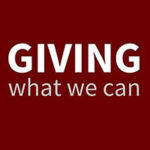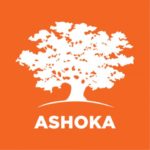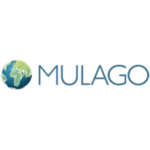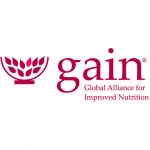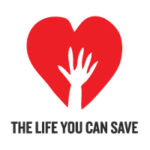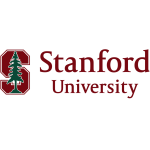End Hidden Hunger in Africa
Every Mother and Child Deserve Access to the Basic Human Right of Nutritious Food.
Over 2 billion people lack access to vital nutrients.
Micronutrient deficiencies (not getting enough vitamins and minerals) are the leading cause of intellectual disability in children, preventable blindness among adults, and maternal death during childbirth.
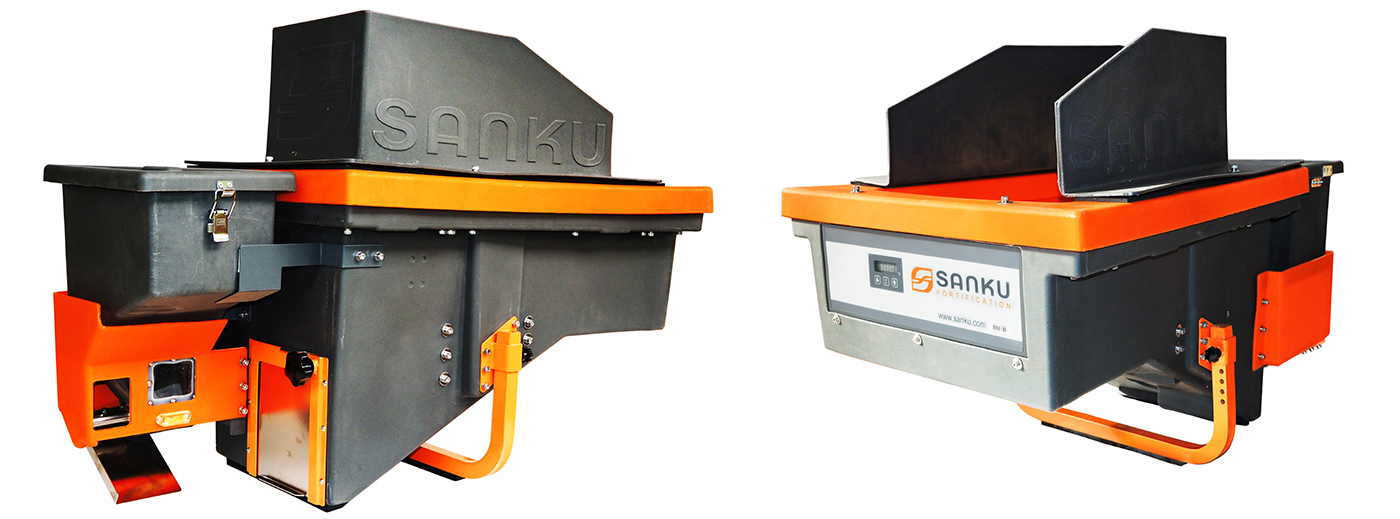
We close the gap in Fortification
Food fortification is common in the developed world. We see it every day in our cereal and milk and salt. But two billion people don’t get what most of us take for granted.
Food fortification works, but large-scale programs have limited reach in Africa. For example, over 50 million Tanzanians eat maize flour everyday, yet 95% of this flour is produced at small-scale remote mills. The people most in need of better nutrition are not getting it.
Our Smart Technology
In partnership with Vodafone, our dosifiers are now Smart! Equipped with cellular enabled technology, we can now remote monitor all our flour mills in real-time over the network, direct to our devices, anywhere in the world, alerting us when a machine needs to be fixed or a mill restocked with nutrients.
We are even more cost-effective because less staff are required for monitoring and service. Technology can reach thousands. Smart technology reaches millions.

That’s more than 1,100 sold-out Wembley stadiums daily
We embrace the principles of equality and non-discrimination to ensure that everyone can achieve their potential, and break free from poverty.

Being both a Nutritionist and Food Scientist in rural Tanzania, Josephine has chosen a career path to make the largest impact in her community.
Josephine Kimario / NUTRITIONIST & FOOD SCIENTIST

Stanford believes that good nutrition is a basic human right and must be prioritized in Tanzania.
Stanford Ngasala / MILL SERVICE MANAGER

Kelvin is determined to make sure that all millers have the right equipment and training to deliver quality nutritious foods throughout the region.
KELVIN URASSA
/ REGION MANAGER, MOROGORO

Mohammed loves technology, having spent over 40 years repairing everything from TVs to refrigerators in Tanzania. He now repairs dosifiers, the machine that impacts millions of lives.
Mohammed Mwembe / Dosifier Technician
Our Partners And Supporters
“Sanku-PHC is a charity that we began investigating in recent years, and it has been one of our promising charities for nearly 2 years.”
“Sanku-PHC is working globally to bring fortified food to the hardest to reach and most vulnerable populations [with] an effective model and game changing technology.”
“Sanku-PHC delivers the most promising solution to end malnutrition for the poorest kids in the world. That’s what we are excited about and that’s why we invest in them.”
“Sanku-PHC stands out from the vast majority of organizations we have considered in terms of the evidence base for their work and their transparency.”
“GAIN recommends the use of these dosifiers for small-scale and medium scale applications.”
“Fortification is one of the most cost-effective nutritional interventions. Despite this, it fails to reach the 6.5 billion people in developing countries who rely on small, often rural mills for most of their food. That’s why we have invested in Sanku.”
“Sanku-PHC is a global leader in micronutrient fortification. At around 25 cents per person a year, micronutrient fortification is one of the most cost-effective preventative health measures available.”
“Sanku-PHC is an exceptional example of using technology and know-how to solve one of the world’s biggest problems.”

